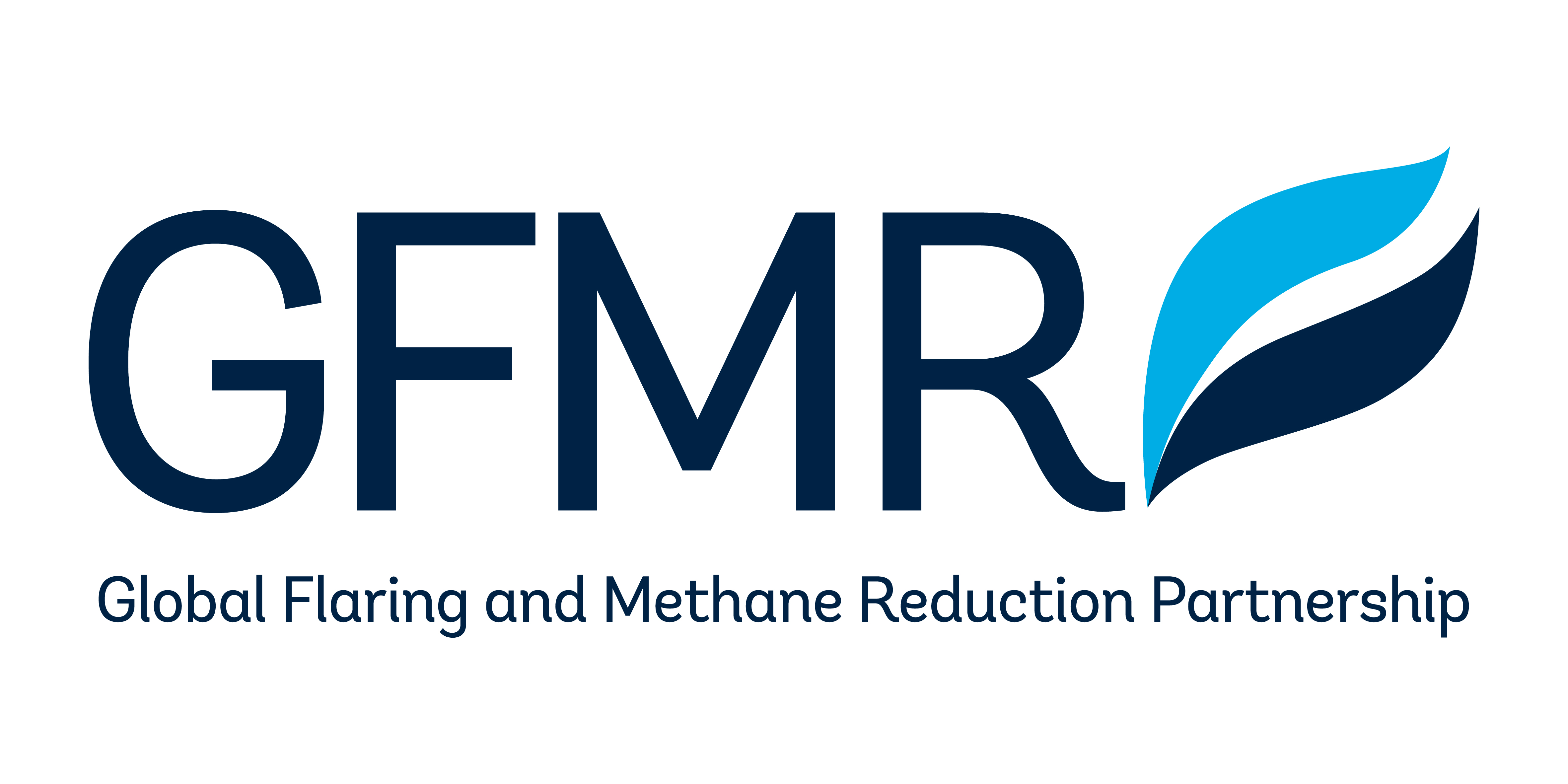Country
Assessment
Article 57 of Executive Decree 1215, 2001 , states that flares should achieve complete gas combustion. The location, height, and direction of flares should be designed to minimize emissions and heat impact on the environment. At each gas flaring site, emissions will be periodically monitored.
Under Title IV of Ministerial Agreement MEM-MEM-2022-0047-AM, 2022 , transitory provisions stipulated October 31, 2022, as the cutoff date for operators to deliver their plans for the progressive reduction of routine flaring (existing facilities) or the associated gas optimization plan (new facilities). Thereafter, existing assets are to achieve zero routine flaring by 2030.
No evidence regarding fiscal and emission reduction incentives could be found in the sources consulted.
No evidence regarding the use of market-based principles to reduce flaring, venting, or associated emissions could be found in the sources consulted.
Flared volumes of associated gas at each site are relatively small and subject to production fluctuations. Under the Optimization of Electricity Generation and Energy Efficiency Program , Petroecuador aims to reduce associated gas flaring. Gas is allocated to centralized electricity generation facilities in the Amazon region (Oriente Basin) and distributed through an interconnected system for public and private companies.
No evidence regarding targets and limits could be found in the sources consulted. Production-sharing contracts (PSCs) call for avoiding the waste of petroleum resources but also for making sure that oil production is not impaired if associated gas cannot be utilized (see sections 3 and 9 of this case study). Based on data from the Egypt General Petroleum Company (EGPC), more than two-thirds of well sites have flaring rates of less than 1 million standard cubic feet (mmscf) a day. The Egyptian Environmental Affairs Agency (EEAA) may impose emissions limits in an environmental impact assessment (see section 7 of this case study), but no specific limits on emissions from flares or vents could be found in the sources consulted.
The Ministry of Petroleum and Mineral Resources plays an overarching regulatory role in the oil and gas sector. Although there is no specific reference to flaring or venting in PSCs, contractors and operators are subject to Law 4 and the associated regulations. The ministry often acts through the EGPC, EGAS, and the Ganoub El Wadi Petroleum Holding as joint venture partners with companies investing in Egyptian upstream assets. The EEAA is part of the Ministry of Environment and is the environmental regulator responsible for conducting an environmental impact assessment of new upstream oil and gas projects, and monitoring emissions from combustion.
PSCs state that if associated gas cannot be used, the national company and “the contractor shall negotiate in good faith on the best way to avoid impairing the production in the interests of the parties.” One implication of this clause is that flaring or venting is not curtailed if doing so is detrimental to the project economics.
No explicit language on the authorization of flaring or venting could be identified in available official documents. The language in PSCs and Executive Regulations 338, 1995 , suggest that as long as flaring and venting were allowed under the development plan and the EIA—both overseen by the national companies in the joint venture—there is no need for a separate permit.
PSCs require development plans. The initial plan describes the development concept for efficient exploitation of oil, gas, and condensate reserves to meet the needs of domestic and external markets. Upon a commercial discovery, the national company and the contractor produce a more detailed development plan, which is then submitted for approval by the minister of petroleum and mineral resources.
A current map of the National Gas Pipeline Grid System is provided in an annex of a typical PSC; it has equal force and effect as other provisions of the PSC. The map is referenced in parts of the PSC that address the gas sales agreement; it is used primarily to identify the nearest connection to the pipeline grid.
A recent PSC sets forth various fiscal terms relating to cost recovery, expenses, and production sharing . It allows for allocating gas (and, if gas is processed, liquefied petroleum gas [LPG]) that is not used in operations by the national company and the contractor. The PSC also provides principles and formulas to be used to determine the prices of gas and LPG. The prices for the local market are negotiated by the EGPC or EGAS and the contractor; the export price of gas is calculated as a netback value. These prices are used in the valuation of associated gas in cost-recovery calculations. The PSC provides details on the sales of gas and LPG in local and export markets, pricing and payments associated with such sales, and the rights of the EGPC and EGAS, as defined in the gas sales agreements.
No regulatory requirement to evaluate opportunities to minimize flaring and venting could be identified in available official documents. PSCs offer a structure for facilitating the sale of more associated gas to the EGPC and EGAS—and to other parties once the gas sector is reformed—for the local market.


